What causes coral bleaching and what to avoid in order not to damage the coral reef?
What are corals?
First, a little about what are corals? Now we mean the hard ones. We can say that they are the basic building element of coral reefs not only in the Red Sea. Hard corals are colonies of tiny animals - coral polyps, which build a calcareous shell as their home. Hard corals need enough light and nutrients to live.
More about corals in the article About corals and the coral reef
Why do corals need light?
Corals live in symbiosis with a single-celled organism called zooxanthellae. It is part of the tissues of the coral, i.e. he lives inside them. These zooxanthellae actually feed the coral. They work, similar to green plants, on the basis of photosynthesis. This means they need light and carbon dioxide. And they produce oxygen for Earth's atmosphere and sugars that feed coral. Zooxanthellae also give hard coral its color. In addition, coral polyps also catch plankton as food.
Why are coral reefs dying and bleaching?
If a coral is exposed to stress, meaning a change in conditions, it can expel its zooxanthellae symbiont. Then it loses its color, turns white and quite possibly can die. By changing conditions, we mean warming of the water, less light, a change in the composition of the water, e.g. that the water is polluted or changes its chemical composition.
This year is very warm in Egypt
The water temperature in Hurghada this August reached 30 degrees Celsius. In previous years, it ranged between 28 and 29 degrees. Even in the Red Sea recently, while diving around Hurghada, we have observed that some corals and also anemones have a brighter, lighter color and some species are turning white. Incidentally, anemones related to corals also host zooxanthellae. If they don't have it, they will lighten and shrink. Anemones, like corals, feed on plankton in addition to the sugars produced by zooxanthellae.
Coral species in which we observe bleaching
They are mainly inconspicuous corals Montipora and also Entacmaea anemones. We have registered few individuals of other species - from the table coral Acropora to the mound coral Porites or also the so-called fire coral Millepora.
Some coral species can regenerate
There is hope, some coral species can regenerate and heal by acquiring new zooxanthellae. However, their recovery takes several months. According to studies, hard corals in the northern part of the Red Sea are more resistant to temperature changes. Fall is coming and that means it's getting colder. We hope this will bring relief to coral reefs.
How to protect a coral reef?
Even with your behavior when diving or snorkeling in Hurghada, you can contribute to the protection of coral reefs. As individuals, we have little influence on global warming. But there are some things we can do or rather not do.
Do not touch the corals
Even the touch of hands can damage the coral. Coral polyps have tiny openings in their calcareous shell through which they can extend their tentacles and catch plankton. We can damage them by touching them. If you really need to grab onto something, make sure you're grabbing onto an inanimate part of the reef. In the Red Sea we find corals that grow on surfaces and look like colored spots or that look like hills, but they are living organisms. When diving, maintain neutral buoyancy and do not get too close to the corals to avoid accidentally kicking them.
Do not feed the fish or throw anything into the sea
Many species of fish are herbivores and feed on algae that grow on corals. If we feed the fish, the biological balance will be disturbed. The algae can then overgrow and damage the coral.
Choose a coral reef-friendly sunscreen
Use sunscreens that are gentle on corals or protect yourself from the sun in other ways. Synthetic UV filters in sunscreens damage coral reefs. For example, oxybenzone (another name: beznophenone-3), which settles on the reef, damages corals. It is a chemical compound that absorbs ultraviolet rays. Oxybenzone is popular with cream manufacturers due to its low price and is very often included in sun creams and lotions. Also, nanoparticles of titanium dioxide and zinc oxide can penetrate into aquatic organisms, causing them to be less resistant in demanding conditions. So choose your sunscreen well. We recommend natural sunscreens that contain a mineral UV filter without nanoparticles. You can recognize such sunscreens mainly by the NON NANO label.
More in the article Sunscreens and coral reefs




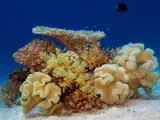


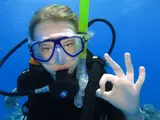

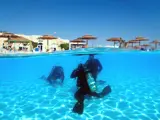

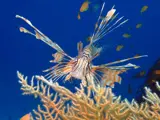
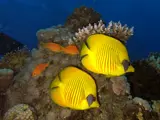
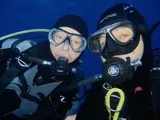

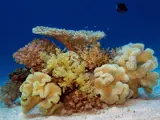
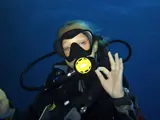
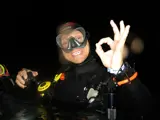
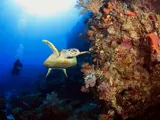
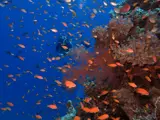

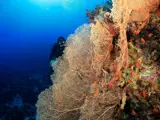
About the author
Pavla